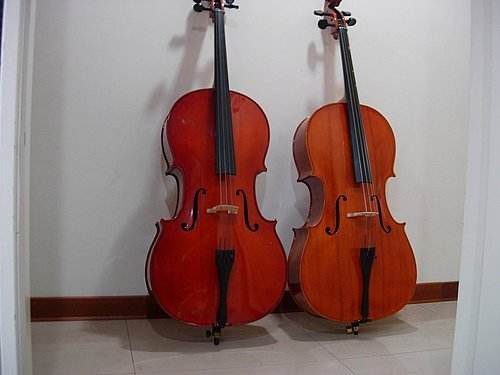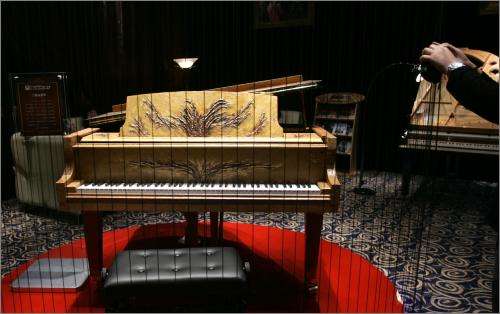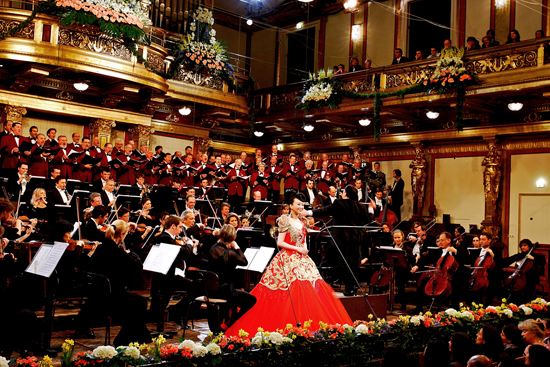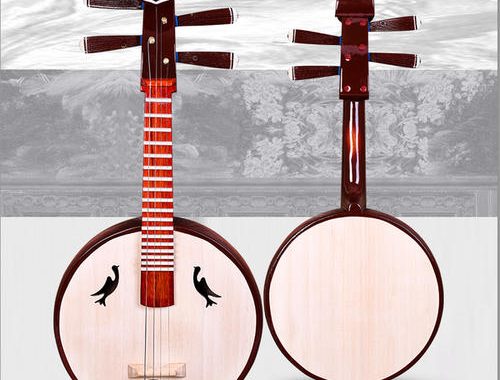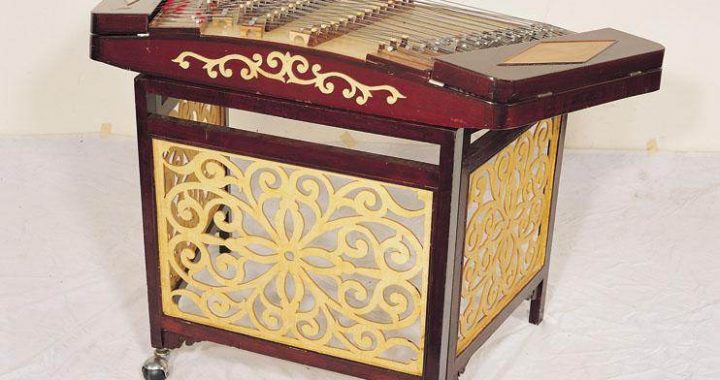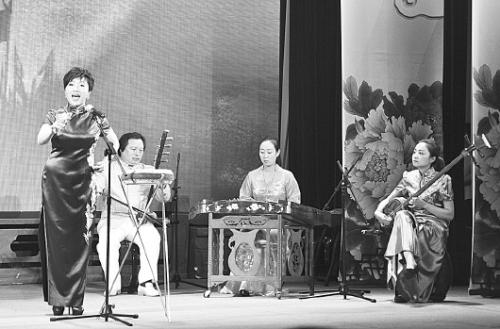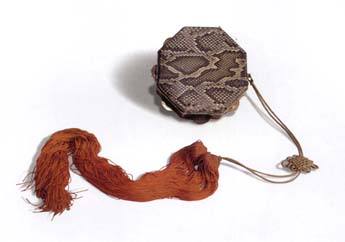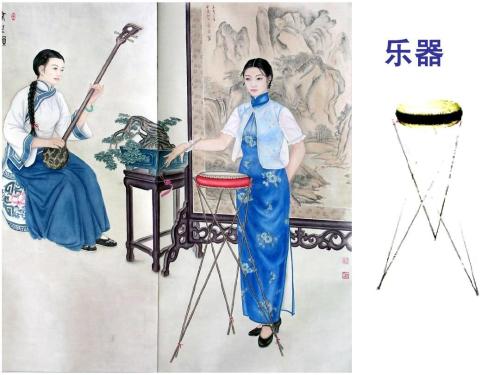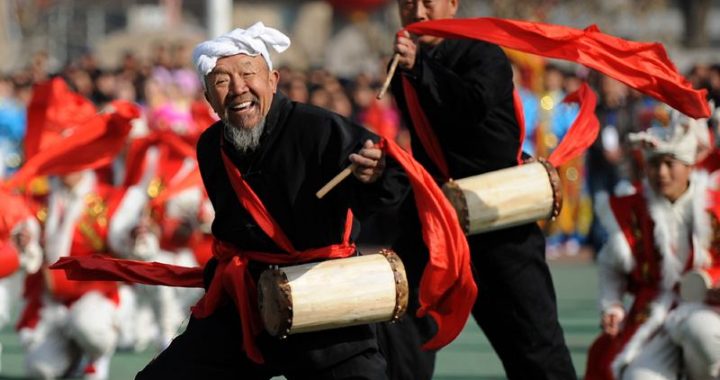Modern Chinese Musical Instruments
3 min readChina has 56 different ethnic groups, each of which has its favorite musical instruments. The Silk and Bamboo music and gong and drum ensembles of the Changjiang River valley, the sheng (reed pipes) popular along the Yellow River, Inner Mongolia’s matouqin (horsehead fiddle), as well as the dizi (transverse flute) of the snowy highlands and the hulusi (gourd flute) from the remote reaches of the southwest all lend their color to the splendid tapestry of Chinese musical instruments.With the founding of the People’s Re-public of China in 1949, traditional Chinese music entered a period of growth and innovation. A number of new instruments, including the alto and bass gehu fiddle, paigu drums, and various tuned percussion instruments, were developed to meet the needs of emerging instrumental styles. China’s traditional musi-cal instruments have taken their place on the world stage, even more vital and expressive than before.Silk and Bamboo music ofthe south: elegantly expressive folk instruments Throughout the long flow of history, Chinese instrumental music has evolved into numerous regional styles, each of which utilizes certain instruments and has a repertoire of distinctive material that is passed down by hereditary masters.
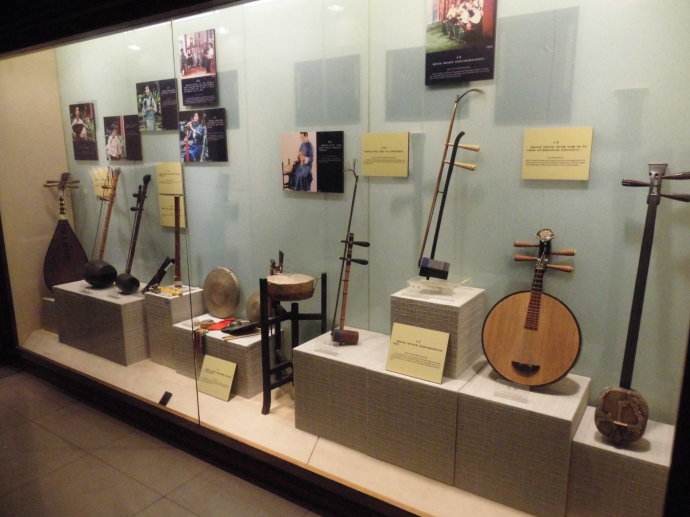
A southern Silk and Bamboo ensemble South of China’s Changjiang River, the region including Jiangsu, Zhejiang, and Shanghai, is home to an elegant instrumental style of chamber music known as Silk and Bamboo music. “Silk” refers to the silk strings of the various string instruments played in this genre, such as the erhu (two-string fiddle), pipa (lute), yangqin (hammered dulcimer), and sanxian (three-string lute), while “bamboo” refers to wind in-struments such as the dizi (transverse flute), sheng (reed pipes), and Xiao (end-blown flute). A number of percussion instruments are also used, including drums, clappers, muyu (wooden fish), and brass bells. The instrumentation of a Silk and Bamboo ensemble is fairly flexible, ranging from a single bamboo flute and erhu fiddle to a large orchestra composed of many different instruments. No matter its size, the ensemble performs with ease and grace. All members of the group have a great deal of latitude to improvise on the basic melody and bring the unique characteristics of their instruments into play. With its sprightly and graceful melodies, southern Silk and Bamboo music is widely admired and enjoyed. The zhudi (transverse bamboo flute) commonly used in Silk and Bamboo music is a single-pipe wind in-strurnent that is played in a horizontal position. The earliest known example of this instrument dates from the Warring States Period (475-221 BC). Excavated from the tomb of Marquis Yi of Zeng (dates of birth and death unknown), it is over 2400-years-old. The transverse flute has been played throughout every period of Chinese history. Today, this instrument is generally made from high-quality black bamboo, with one blowhole, one membrane hole, and six fingering holes cut along its length. There are two versions, the qudi and bangdi. The larger qudi flute, used to accompany traditional opera, has a sweet and mellow tone that is well-suited to playing refined and lyrical melodies. The smaller soprano bangdi flute, used to accompany Bangzi opera, is short and slim, with a clear and sharp tone that lends itself to upbeat, exciting tunes. The bangdi utilizes a wide variety of playing techniques. It is popular primarily in northern China, where it is used as a solo and ensemble instrument, as well as to accompany traditional opera.
